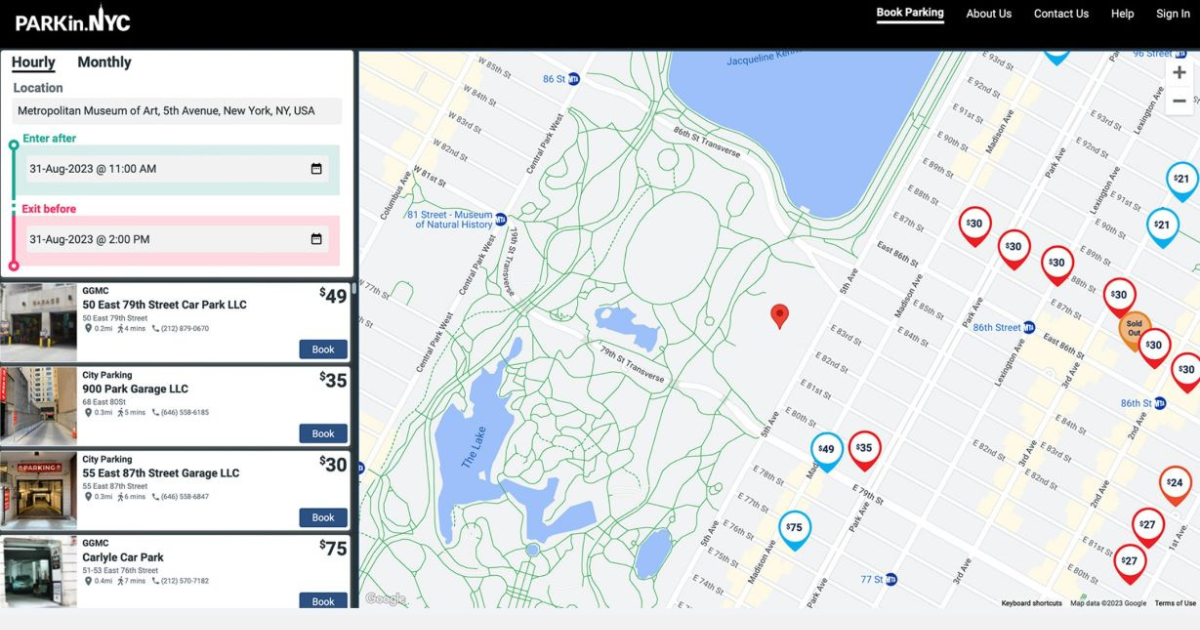5G Network Solutions to Fully Harness the C-Band Spectrum

The buildout of nationwide 5G service will depend on the optimal utilization of mid-band frequencies, including soon-to-be-available blocks of the C-band spectrum. Mid-band's ideal trade-off between coverage and capacity means prioritization is vital for success in 5G. This article will delve into critical considerations for network solutions, so network designers can capitalize on the highly valued mid-band spectrum and provide next-generation wireless connectivity.
The Value of Mid-band
Although offering poor coverage and building penetration, the high band mmWave 5G frequencies provide excellent capacity within a short range. Low band 5G frequencies, on the other hand, serve as the widespread coverage layer. While building penetration and blanket coverage capabilities are favorable, 5G network performance will only show marginal progress from previous generations.
This leads us to the mid-band, a portion of the spectrum especially appealing for 5G networks since it balances the capacity benefits of the high band with the coverage advantage of the low band. The ideal combination of coverage and capacity has made mid-band a highly significant 5G wireless resource, as evident in the recent and competitive FCC mid-band auctions, including CBRS (3.55-3.7 GHz) blocks as well as 280 MHz of C-band (3.7-3.98 GHz) spectrum. C-band will become available for 5G use, though partially to start, as early as December 2021. To ensure mid-band utilization improves 5G performance to the highest degree possible, network owners and operators must prepare site infrastructure for new mid-band spectrum allocations and upcoming C-band availability.
Future-proof, UWB Solutions
Site infrastructures need to rapidly accommodate newly available mid-band frequencies, such as the pending C-band blocks. Ultra-wideband (UWB) signal distribution solutions (617 MHz to 5.925 GHz) covering necessary mid-bands ensure new bands' simple and easy injection into a network. As a result, the C-band spectrum can be immediately utilized to deliver its balanced coverage and capacity to end-users. With mid-band prioritized through UWB solution implementation, the future-proofed network infrastructure diminishes the need for costly component replacements.

Compact Components with Superior Specs
By maximizing coverage and capacity, next-generation networks can receive the total value the mid-band spectrum has to offer. The wider channel bandwidths of 5G calls for signal combining solutions with wide passbands to accommodate the increased capacity. Wideband combining solutions with constrained RF performance will fail to provide the coveted mid-band improvements. 5G passive components require superior specifications that emphasize lower losses to maintain enhanced network performance. RF products with optimized RF performance (low insertion loss, low return loss, low PIM, and high isolation) are necessary to efficiently deploy mid-band services.

Additionally, a 5G small cell's mechanical design constraints are overcome by employing solutions with compact form factors. Tightly packed electronic enclosures ramp up thermal management challenges since there is little room to vent excess heat safely. Components within minimal footprints, therefore, increase the efficiency of heat dissipation in small cells. Small form factor solutions also enable better concealment for small cell densification, quicker time to commissioning, and greater flexibility in adding frequency bands or higher-order MIMO.
Meeting Site-specific Needs
Depending on the region, a new spectrum often means new 5G band combinations. Customized solutions can overcome site-specific and band-specific challenges derived from integrating network design expertise with a supplier’s product design expertise. Solutions with customizability backed by expert support optimize network designs, speed up commissioning, and reduce expenses. Furthermore, the availability of components and specially developed solutions is critical to use new mid-band spectrum assets quickly.
Microlab Enables C-band Readiness
Ensure the best use of mid-band spectrum, proper preparation for C-band availability, and the success of 5G network deployments with leading, readily available signal combining and signal distribution solutions from Microlab. Microlab products deliver ideal performance, space-efficient form factors, and customization capabilities – all of which are crucial in integrating mid-band advantages within a 5G network.
This Week’s Sponsor
Microlab is a leader in low PIM RF and microwave products enabling signal distribution and deployment of in-building DAS wireless base stations and small cell networks. High performance passive components such as power combiners, directional couplers, attenuators, terminators and filters are developed for broadband applications to support public safety networks, GPS reference signaling, television transmitters, and aircraft landing systems. Microlab’s active solutions include GPS signal repeaters for cellular timing synchronization and smart components for real-time in-building DAS system diagnostics.
Read Next
 3/27/2025
3/27/2025
The Convergence of Edge Computing, Cloud, and AI in Building Automation and Smart Buildings In the built environment, we have seen the convergence of Operational Technology (OT) and Information Technology (IT), later expanding to include Workplace Technologies (WP).
 3/27/2025
3/27/2025
DC Power: A Holistic Approach to Energy Savings in Commercial Buildings In today's energy-conscious world, businesses constantly seek ways to reduce their carbon footprint and operational costs.
 3/13/2025
3/13/2025
How to Achieve Eco-Friendly Facility Management Commercial real estate operators and facility managers are focusing on sustainable practices to minimize environmental impact, create healthier workplaces, improve productivity and lower operational costs.
 1/23/2025
1/23/2025
When It Comes To Managing Properties’ Parking, Technology Is Key It’s easy for developers and real estate owners to think of parking as a necessary evil. They know they have to provide it (often, because it’s mandated by code), they understand that prospective tenants and buyers expect to be provided parking, but they haven’t figured out how to maximize its value.





.gif)





